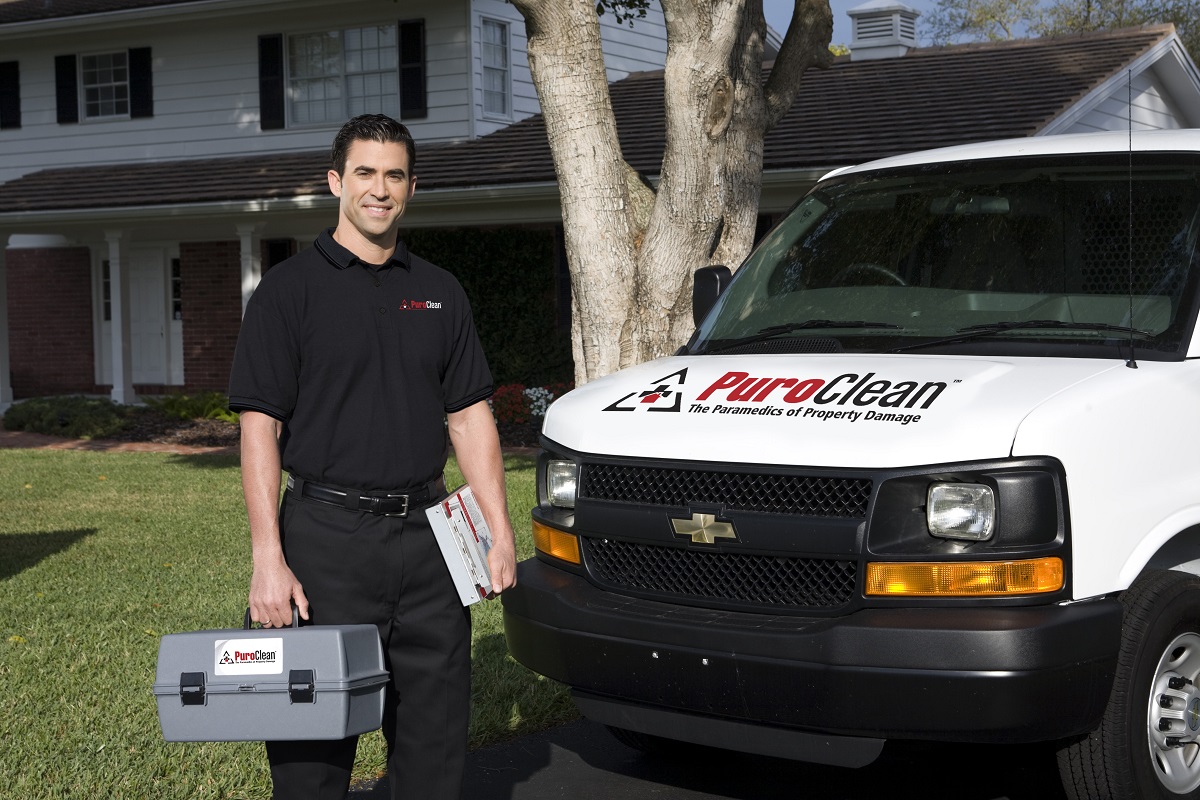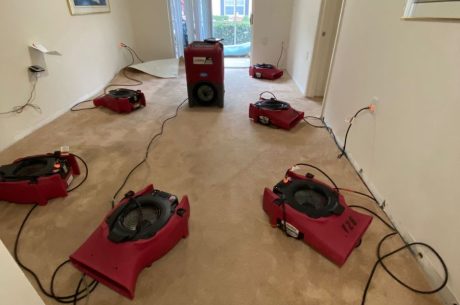A phenomenon that can occur from Autumn through Spring is ice dams on the roofs of homes. Ice dams can cause damage to structures that can be very severe. Following is some important information about ice dams, how they can be prevented, and who to call if one should cause damage to your home.
What is an ice dam, and how does it form?
When snow accumulates on a roof, a cycle of melting and refreezing occurs. In a perfect world, the snow would melt off the roof, enter the gutters, and flow harmlessly to the ground. However, two key factors can interact to cause problems: the outside air temperature and the temperature of the inside of your attic.
The warmer your attic is, the more melting will occur. Normally, the resulting water would flow off the edge of the roof. Under certain conditions, though, when outside air temperature is very low, the edge of the roof stays below freezing and the water refreezes when it gets to that point. This ice then forms a line, or “dam,” at the edge of the roof. As more snow melts, it also refreezes when it gets to the “ice dam,” and the dam keeps getting bigger.
Once this dam gets large enough, the melted snow that pools up behind it can force its way back under the roof shingles and then leak into your home!
Contrary to some popular opinions, gutters do not cause ice dams. However, an ice dam can extend into a gutter if weather conditions permit.
How can ice dams be prevented in the first place?
In many instances, the answer is… insulation and ventilation!
Insulation
Since the main cause of ice dams is an overly warm attic, a good start in preventing ice dams is to lower the attic temperature. Installing additional insulation in the attic area is as easy as laying additional layers across the existing ones, or having more insulation blown in. However, there are limits to the usefulness of this procedure (diminishing returns), and a professional roofer or insulation person should be consulted if you have any questions.
If you notice bare sections on your roof while the rest of the roof has snow, it is an indication there may be insufficient insulation under the bare areas and an inspection of the attic area should be made to confirm this – and then to remedy the situation if necessary.
And, finally, you should also inspect the weather-stripping and/or insulation on attic stairways or hatchways to be sure it is in good shape and seals well. This will help seal the warmth out of the attic area and help prevent ice dams.
Ventilation
Even with optimal insulation, there is still heat leakage into the attic. This is when the value of attic ventilation becomes apparent. Without adequate ventilation, heat will build up regardless of the amount of insulation.
First of all, inspect your attic to be sure that the existing vents have not been covered by insulation or other materials or objects. If this has occurred, it is necessary to remove the insulation (or other material) from the soffits so air can move through them freely. The usual recommendation for venting is 1 square foot of vent for every 150 feet of attic floor area. If your home does not have that ratio (many older homes do not), then you should contact a Contractor to remedy the problem.
If your home does not have vents, consider adding a ridge vent. Again, a professional Roofer or Contractor can give sound advice on the procedure.
If you are not sure about the condition of your roof, you should contact a professional Roofer in your area for advice or assistance.
What are the indicators of an ice dam?
If you notice water damage (marks, drips or lines) on ceilings or exterior walls, it can be an indication that an ice dam has formed, and ice and water have forced their way into your attic area. In addition to fixing the cause of the ice dam, it is important to recognize that this is a true water damage situation that should be remediated by trained professionals, such as PuroClean, to prevent additional damage to the structure (such as rotting), and to prevent the development of mold – a health hazard to people inside of the structure.
Regardless of the circumstances – if water damage occurs from freezing or other sources, call your local PuroClean office. For all water damage, or damage from fire or smoke, PuroClean professionals will mitigate the loss to prevent further damage and then provide restoration services to return the property to a pre-loss condition as quickly as possible. All PuroClean offices have professional, well-trained and certified Technicians who provide the latest state-of-the-science services to all property damaged from water, fire, smoke, mold, and other disasters.



